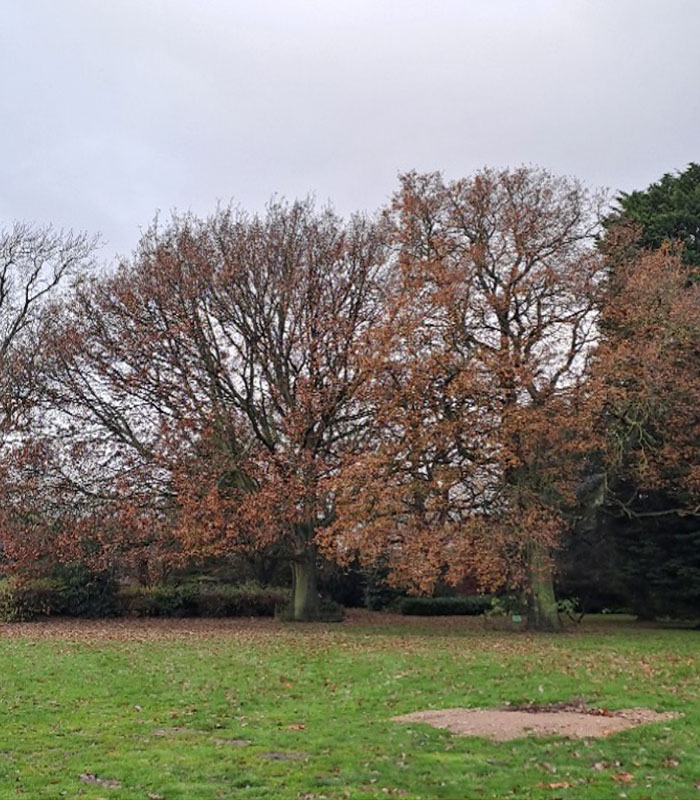
Botanical Name: Quercus petrea
Common Name: Sessile Oak
The Sessile Oak (Quercus petraea) is a species with rich history, symbolic significance, and has been an important resource throughout human history.
The Sessile Oak continues to be a vital part of the ecosystem and cultural heritage in many European regions, representing a bridge between the natural world and human history.
20691